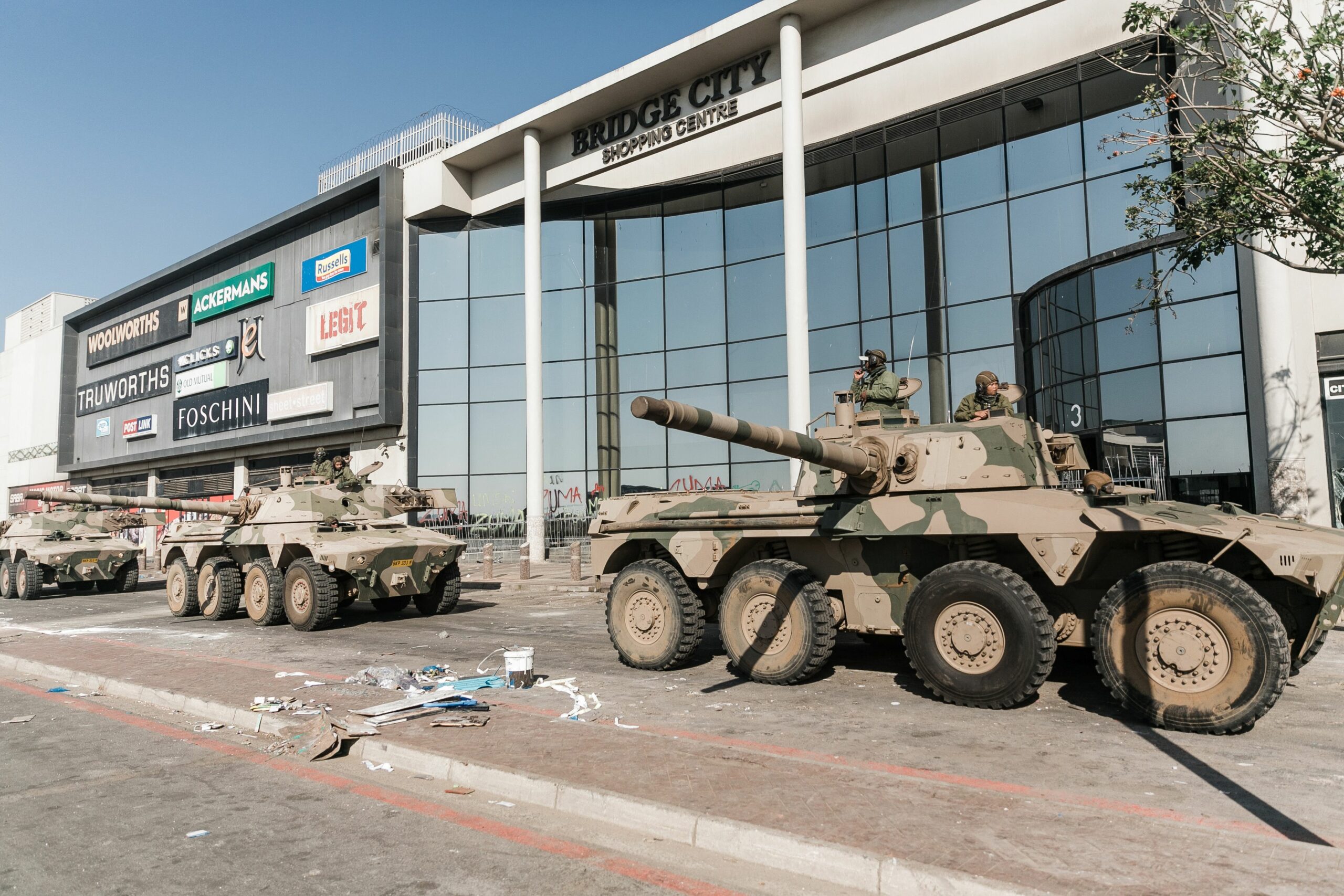




The world economy is facing a slowdown, with economic activity weakening and consumer and business confidence taking a hit. While the United States continues to experience steady GDP growth, other advanced economies are facing dismal prospects or even recession. However, emerging-market economies like China and India are showing signs of stabilization and growth. Inflationary pressures are easing, but rising energy prices and geopolitical tensions remain concerns. The challenge for governments is to rebuild confidence and enhance productivity.
In KwaZulu-Natal, despite the recent triple crises and low economic growth forecast, business leaders are optimistic about the economic outlook and the rebuilding of the province. They believe that collaboration between the government and business leaders is key to addressing challenges such as energy security, safety and security, and logistics. They are confident that there is hope for economic growth and that key sectors in the region have emerged stronger. However, they acknowledge hindrances such as the energy crisis and inefficiencies in Durban Port. They are positive that these challenges will be addressed through public-private sector collaboration and that progress will be communicated to the public. Business leaders also see opportunities and believe that leveraging low-hanging fruit can turn the economy around.
Rural demand in India has been sluggish, raising doubts about its revival. Some consumer goods companies have reported poor results in Q2FY24, attributing it to weak rural demand. Nestle and ITC, however, have performed well due to their urban focus and strong businesses. The rural economy has been impacted by the second wave of the pandemic, unseasonal rainfall, lower crop output, higher inflation, and lower income. In contrast, urban demand has grown, driven by consumer confidence and increased borrowing. A strong rural economy is crucial for India's overall economic growth, as it drives consumption. To achieve consistent GDP growth above 8%, rural consumption needs to be strong, which requires a good monsoon, agricultural output, and favorable prices. Some consumer companies are hopeful for a turnaround in rural consumption during the festival season, but it depends on factors such as water levels in reservoirs, crop output, and global factors like oil prices. Rising inflation affects rural populations more than urban consumers, further delaying the revival of rural demand.
The Indian rural market is expected to grow more than tenfold over the next 15 years, reaching a value of US$100 billion. Rural India is becoming a major market for multinational corporations (MNCs) due to its significant untapped potential. Rural markets contribute over 10% to India's GDP and over 8% to its employment. The retail sector is expected to grow at a compound annual growth rate (CAGR) of 14.22% to reach Rs 120.59 trillion by FY 2027. Agriculture is the backbone of the Indian economy, and rural demand is crucial for industries. Various government schemes aim to improve rural infrastructure and boost overall development. Improved access to technology and digital connectivity has facilitated business activities in rural areas. E-commerce platforms and digital payment systems have enabled rural entrepreneurs to connect with larger markets. Companies are focusing on rural marketing and leveraging Sales-as-a-Service (SaaS) to unlock new opportunities and achieve market expansion.
India is the world's largest tractor market, with nearly 9.5 lakh tractors sold domestically in 2022-23 and 4 million cumulatively in the last five years. However, only 4.6% of farmers in India own tractors, causing delays in farming tasks and wastage across the crop value chain. The government has taken steps to promote farm mechanization, including reducing the number of tests for new tractor models and allowing self-certification by manufacturers. Challenges include implementing emission standards for tractors and the need to develop matching farm machinery and implements tailored for different crops and landholding sizes. The government can help the industry by discouraging the import of low-quality machinery and ensuring timely subsidy disbursement. Tractors can also be used for non-farm activities, such as construction and transportation, which can unlock a new avenue for rural employment. The evolution of the tractor in India is closely linked to the future of sustainable farming and national food security.
Tractors have played a pivotal role in revolutionizing agriculture not just in India but across the world. A recent article by The Economist explores the history and impact of tractors on agriculture. Initially met with a mixture of awe and fear, tractors promised a revolution in farming. However, their diffusion across the American economy was slow, with only 4% of American farms having a tractor in 1920. Tractors eventually led to greater efficiency, allowing farmers to expand their operations and reduce the number of workers needed. The article draws parallels between the history of tractors and the potential impact of generative artificial intelligence, suggesting that despite the potential of AI, society will need a long time to adjust to its full-scale implementation.
[c02d9678] [a40625af] [74e188e8] [bf37d165] [b36f5bbe]